ISP AB Internet Warns Against UK Wireless Tax and a Pure Fibre Optic Focus
Q6. The government was recently forced by EU competition concerns to scrap the broadband infrastructure aspect of its £150m Urban Broadband Fund for 22 cities around the UK. Instead this has been replaced by a voucher scheme that helps businesses connect to superfast broadband by covering the installation cost.
Do you think this is the best use for that money?
ANSWER:
There’s always an argument to say that money can be spent better elsewhere, but if we fail to invest in leading edge connectivity, where would we sit on the national stage in 10 years time? Failure to invest in our cities would be catastrophic.
As for the voucher scheme, frankly, it’s something pretty reasonable that has come out of this whole troubled process. Think of it this way; it’s analogous to the Welsh Government’s successful Broadband Support Scheme, where a fund of up to £1000 per house was made available to get connected. This was great for the small WISP’s who could now compete on equal terms with the big players and more importantly, the end user had more choice than just Hobson’s…
So, in the same way, the voucher scheme will give businesses choice in their own destiny, fund the growth of a super connected access layer for future companies to benefit from and will encourage a whole new competitive environment.
Q7. So far much of the approach to deploying faster broadband in the UK has focused on hybrid-fibre services like BT’s FTTC (VDSL2) and improving Virgin Media’s cable (DOCSIS/EuroDOCSIS) platform.
Many regard the above as being the most affordable and quickest way to deploy faster connectivity (i.e. reusing some of the existing infrastructure). Future advancements like G.Fast, Vectoring, FTTdp and DOCSIS3.1 could also extend the performance even further.
But others maintain that we should instead be looking further towards the future, with an eye on longer term investment, by bringing true fibre optic lines to every home and business (FTTH/P). What are your thoughts on this debate and does it unfairly overlook the potential contribution of wireless providers?
ANSWER:
This pervasive attitude of ‘all roads must lead to fibre’ does sometimes amaze and frustrate me in equal measure, especially since it’s at the cost of alternative technologies and so, to the disadvantage of the end user.
The customer doesn’t generally know (or care) how the service comes in through the front door and the singular agenda of effecting it solely through fibre, is only in the best interests of the incumbent and of trenching tool manufacturers! So we have to be realistic and realise that on a national scale, the future has got to be a hybrid of all of the above.
Unfortunately, it is quite common for governmental decision makers to fall into the same trap and consider that wireless only serves the population best as ‘…an interim measure.’ They should perhaps engage with WISP’s and hardware manufacturers who are already deploying superfast services and are currently trialling the next generation of Point-to-Multipoint Wireless equipment; capable of delivering multi-gigabit speeds to the customer premises.
And as for the ‘questionable’ longevity of a wireless broadband service, well, that’s a bit like saying “TV antennas, they’ll never last…”.
Q8. One of the biggest problems for smaller rural ISPs (altnets) this year has been the struggle to get funding grants released from the £20m Rural Community Broadband Fund, which is partly because BT and local authorities have preferred not to reveal which areas they intend to cover as part of the BDUK scheme (at least not all at once).
Thankfully pressure from the central government has nudged local authorities to engage on this issue. Do you think this will be the end of the problem and, given that the EU still expects 100% superfast coverage by 2020, what more could be done to help the final 5-10%?
ANSWER:
In theory, it will help the issue, but it will certainly not be an end to the matter. Who’s to say that there won’t be challenges by the incumbent when it comes to (a) publishing what could be deemed to be commercially sensitive information (which does ignore the fact that the public purse contributed to it) and (b) Challenging the decisions over what constitutes a last 5% intervention area, where there may be some overlap from phase one areas and if there are any associated state aid issues.
If one word could sum up the best way for local authorities to deal with the last 5%-10% it would be ‘Robustness’; both in terms of its interaction with the incumbent (who has already done very well out of the first phase!) and also in the way it investigates all possible bearer types as a potential solution for the end goal.
Q9. Finally, what kind of things can we expect from AB Internet in the future?
ANSWER:
Well, of course, we’re continuing to expand our network across the UK, but our real focus over the next few months will be forging ahead on the Lincolnshire Superfast Broadband Pilots Project. This is not solely for commercial reasons, but we really want to create a beacon for Superfast Delivery by wireless; something that will make the national decision makers sit up and say, “…it is possible to have a successful and sustainable superfast wireless broadband network, look what these guys from AB Internet did it in Lincolnshire”
And, mirroring my comments above about a hybrid network, I am also pleased to announce that, effective of an agreement that was signed last week, AB Internet is now able to offer a range of fibre and copper based business connectivity services in over 3,500 exchanges across the UK. Adding Fibre and EFM connectivity to our portfolio means we now have an absolutely awesome range of products that can be offered to all corners of the UK.
It’s a really exciting time to be part of the AB Team.
Thanks to Neil Tucker for kindly taking time out to answer our questions.
End.
Mark is a professional technology writer, IT consultant and computer engineer from Dorset (England), he also founded ISPreview in 1999 and enjoys analysing the latest telecoms and broadband developments. Find me on X (Twitter), Mastodon, Facebook and Linkedin.
« Berkshire UK Signs GBP8m BDUK Superfast Broadband Rollout with BT
Latest UK ISP News
- FTTP (5532)
- BT (3518)
- Politics (2542)
- Openreach (2298)
- Business (2266)
- Building Digital UK (2247)
- FTTC (2045)
- Mobile Broadband (1978)
- Statistics (1790)
- 4G (1669)
- Virgin Media (1621)
- Ofcom Regulation (1466)
- Fibre Optic (1396)
- Wireless Internet (1392)
- FTTH (1382)

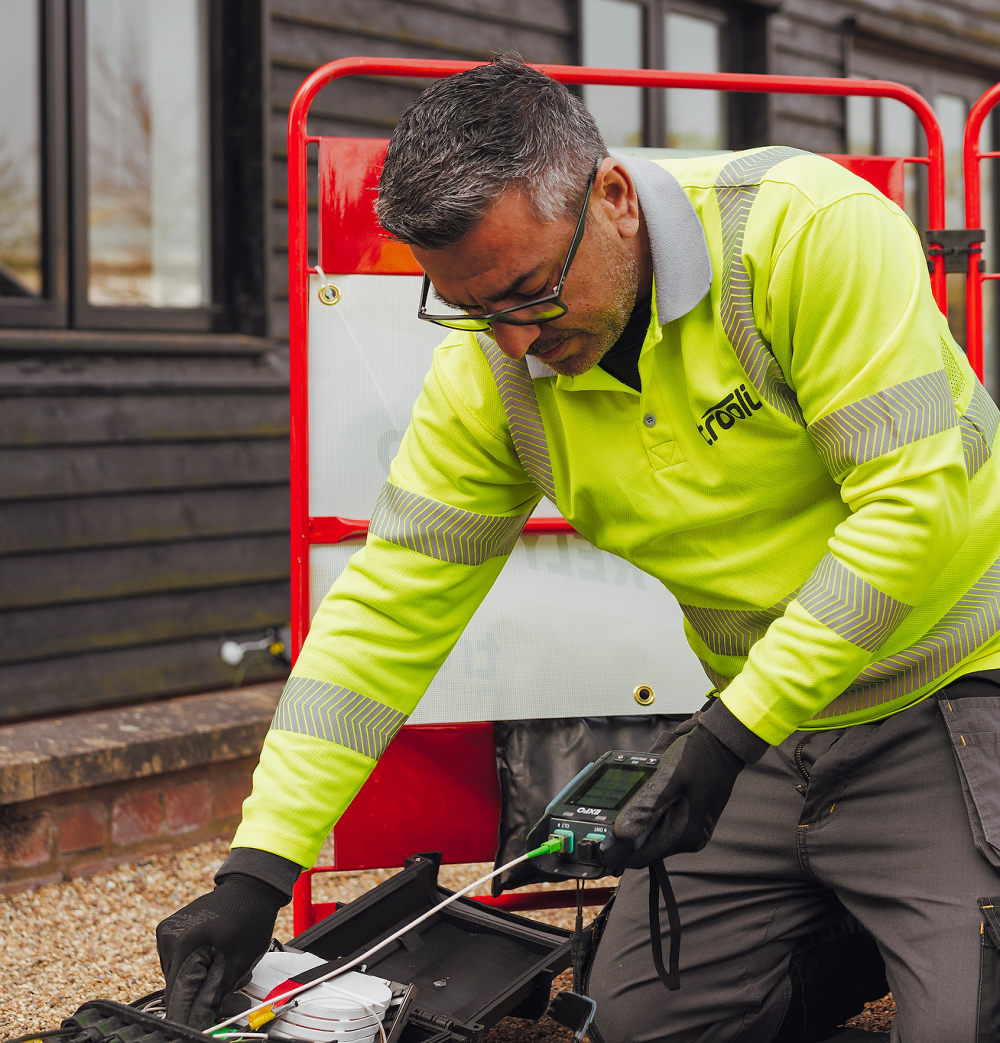
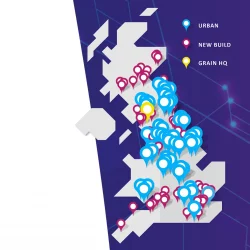

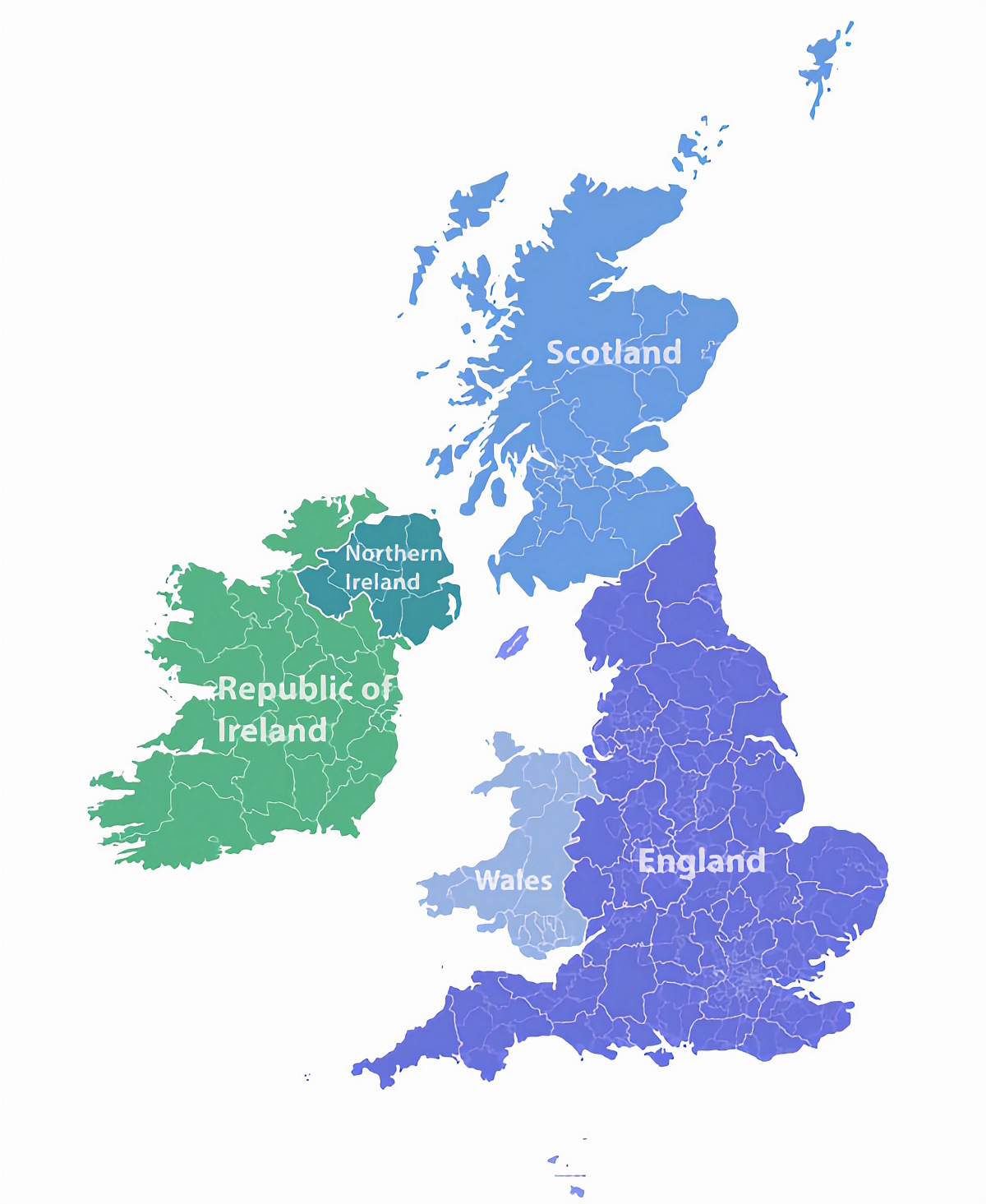
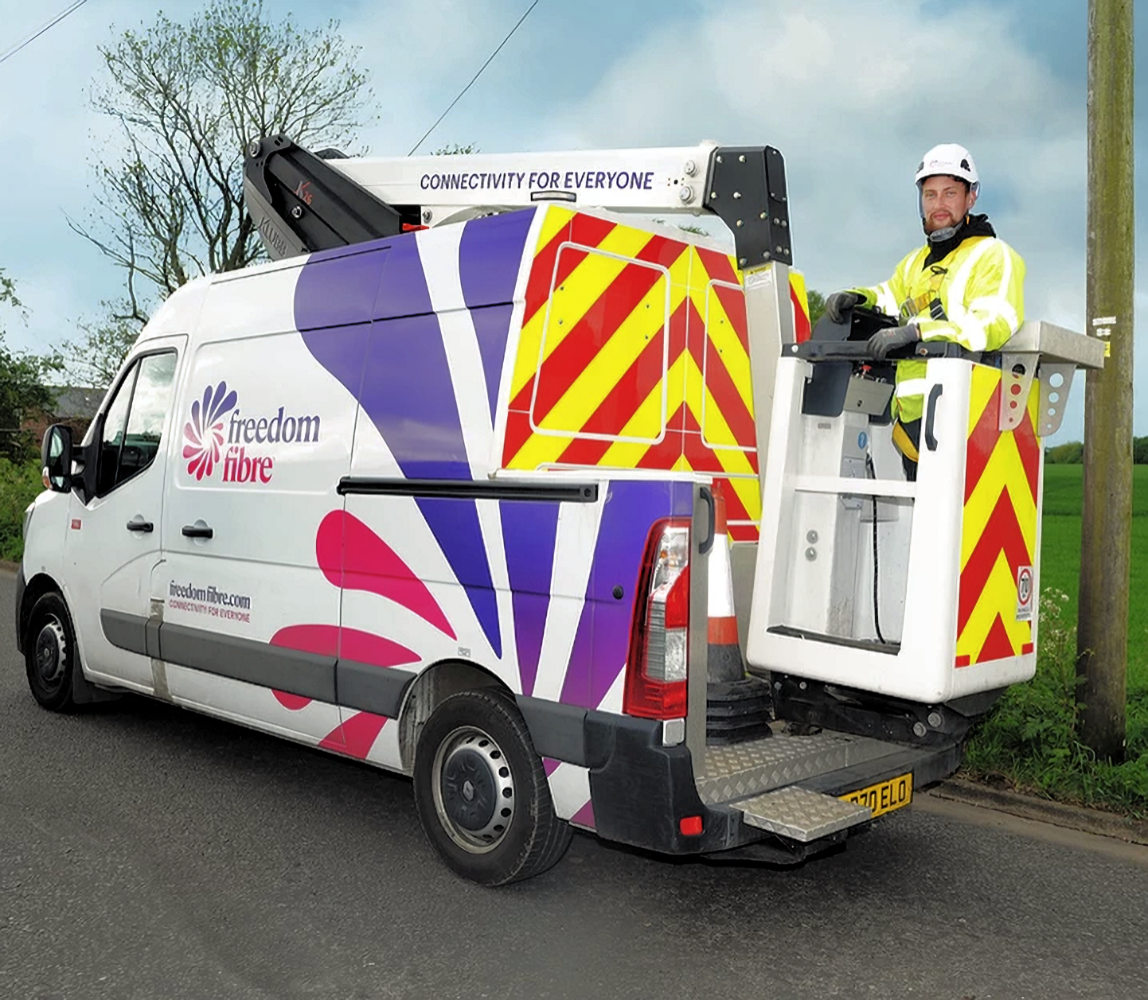


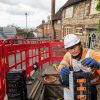









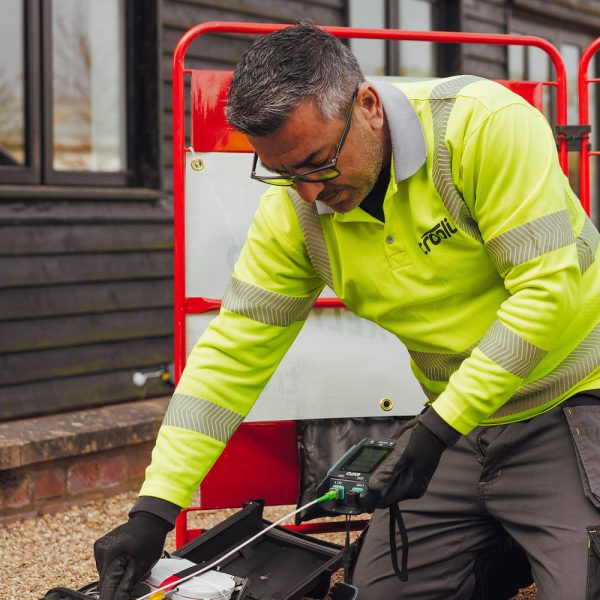

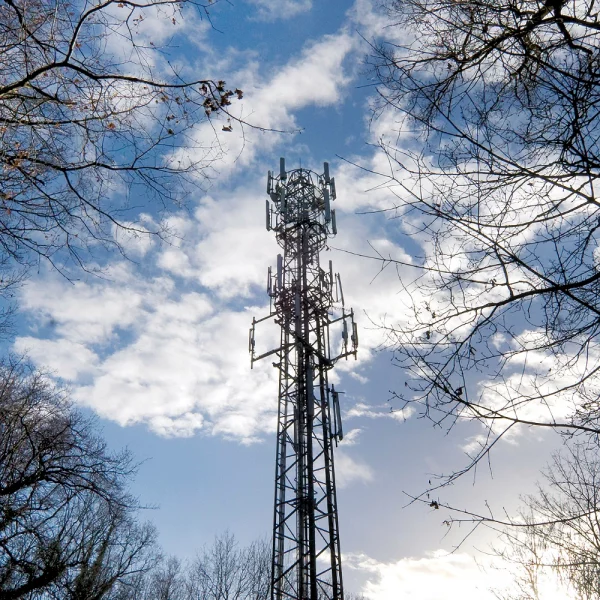
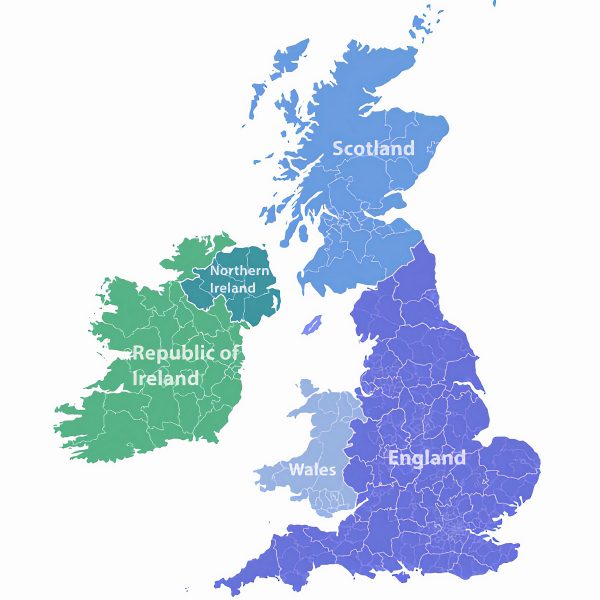


































Comments are closed